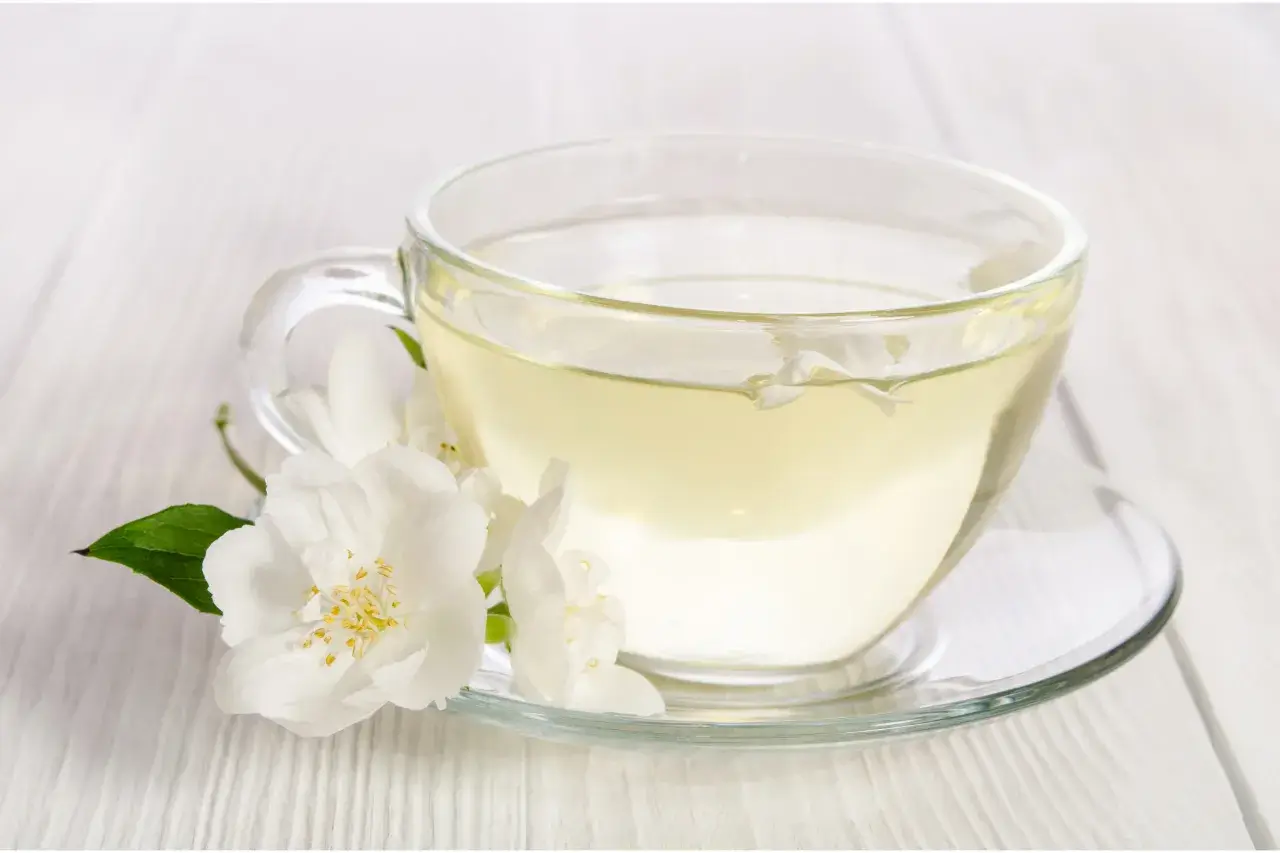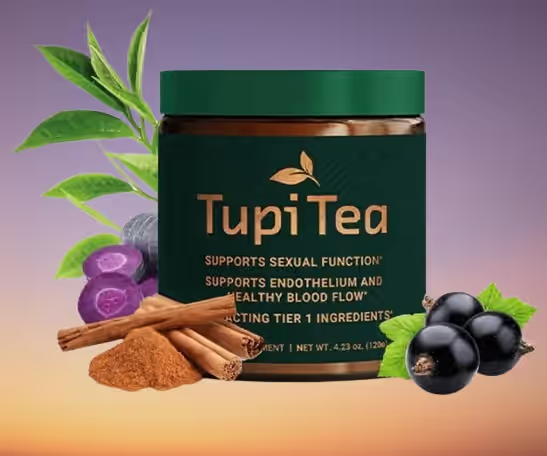Table of Contents
Introduction White Tea vs Green Tea
Tea has been cherished for centuries as one of the world’s healthiest beverages, boasting numerous health benefits and calming properties. Among the most popular varieties are white tea and green tea, both derived from the Camellia sinensis plant. While these teas may seem similar, they offer distinct flavors, processing methods, and health benefits. In this article, we will explore the key differences between white tea vs green tea, helping you make an informed decision about which tea best suits your lifestyle. We’ll also discuss their unique health benefits and brewing techniques to ensure you get the most out of each cup.
What Is White Tea?
White tea is the least processed of all tea varieties, made from young tea leaves and buds that are harvested before they fully open. The leaves are simply allowed to wither and dry in the sun, preserving their delicate flavor and high antioxidant content. Because of its minimal processing, white tea is considered the purest form of tea and boasts a light, slightly sweet flavor with floral notes.
Health Benefits of White Tea
White tea is packed with antioxidants, particularly catechins, which can help to protect your body against oxidative stress. The antioxidants found in white tea are more potent than those in other teas due to its minimal processing. Studies suggest that white tea can support heart health, improve skin health, and even reduce the risk of cancer.
👉 Discover the premium white tea experience now 👈
What Is Green Tea?
Green tea, while also rich in antioxidants, goes through a slightly more involved process than white tea. After the leaves are harvested, they are quickly steamed or pan-fried to prevent oxidation, which preserves the green color and fresh, grassy flavor. Green tea is well-known for its wide range of health benefits and is particularly popular in East Asian countries like Japan and China.
Health Benefits of Green Tea

Green tea is famous for its high concentration of epigallocatechin gallate (EGCG), an antioxidant that is linked to numerous health benefits. It has been shown to support weight loss, reduce inflammation, improve brain function, and lower the risk of cardiovascular diseases. Additionally, green tea has been linked to cancer prevention, thanks to its powerful anti-inflammatory properties.
👉 Discover the premium green tea sensation today 👈
White Tea vs Green Tea: 7 Key Differences
1. Processing Methods
The primary difference between white tea and green tea lies in how they are processed. As mentioned earlier, white tea is minimally processed and typically air-dried, while green tea undergoes a process of steaming or pan-frying to halt oxidation. This difference in processing results in distinct flavors and varying levels of antioxidants.
2. Flavor Profile
White tea is known for its subtle, delicate flavor. It has a light, floral taste with a hint of natural sweetness, making it ideal for those who prefer a milder tea. On the other hand, green tea has a more robust flavor, often described as grassy or vegetal. Some varieties of green tea, such as matcha, have an even more intense flavor and can be slightly bitter if brewed incorrectly.
3. Caffeine Content
While both teas contain caffeine, white tea typically has a lower concentration than green tea. The amount of caffeine in white tea can vary depending on the specific variety, but on average, it contains about 15-30 mg of caffeine per cup. Green tea, on the other hand, contains around 30-50 mg of caffeine per cup. For those looking for a mild caffeine boost without the jitters, white tea is the better choice.
4. Antioxidant Levels
Both white tea and green tea are rich in antioxidants, but the specific types and concentrations vary. White tea is particularly high in catechins, a type of antioxidant that can help fight free radicals and reduce the risk of chronic diseases. Green tea, on the other hand, is rich in EGCG, which has been extensively studied for its health-promoting properties. While both teas are beneficial, the higher antioxidant content in white tea may make it the better option for boosting your body’s defenses against oxidative stress.
5. Health Benefits
Both white tea and green tea are known for their health benefits, but they offer different advantages. White tea is particularly good for skin health due to its high antioxidant levels, which help to protect the skin from premature aging and damage caused by UV rays. Additionally, white tea has anti-inflammatory properties, which may help reduce the risk of chronic diseases such as cancer and heart disease.
Green tea is widely praised for its ability to support weight loss by boosting metabolism and fat burning. It’s also known for improving brain function and reducing the risk of neurological disorders such as Alzheimer’s and Parkinson’s disease. Additionally, green tea’s anti-inflammatory properties can help reduce the risk of heart disease and other chronic conditions.
6. Cost and Availability
White tea tends to be more expensive than green tea due to its minimal processing and the fact that it’s made from the youngest buds and leaves. This makes white tea a more exclusive product, which can be harder to find and more costly. Green tea, on the other hand, is more widely available and comes in a variety of forms, making it more accessible to the average consumer.
7. Brewing Techniques
Both white tea and green tea require careful brewing to avoid bitterness. White tea is best brewed at a lower temperature, around 160-185°F (70-85°C), for 3-5 minutes. Green tea, depending on the variety, can also be brewed at lower temperatures but typically requires slightly hotter water, around 175-185°F (80-85°C). Brewing green tea for 2-3 minutes helps to preserve its delicate flavor and prevents it from becoming too bitter.
👉 Enjoy the best white tea for a refreshing lift 👈
Which Tea Should You Choose?

When it comes to choosing between white tea vs green tea, it ultimately depends on your personal preferences and health goals. If you prefer a milder flavor and are looking for a tea that’s high in antioxidants, white tea may be the better option. It’s particularly good for those who want to reduce caffeine intake while still enjoying a refreshing beverage.
On the other hand, if you’re seeking a tea with more robust flavor and proven weight-loss benefits, green tea may be the right choice for you. Its higher caffeine content and metabolism-boosting properties make it a popular choice for those looking to enhance energy levels and burn fat.
How to Incorporate White Tea and Green Tea into Your Diet
Morning Routine
Green tea makes an excellent morning beverage due to its higher caffeine content and energizing properties. A cup of green tea can help kickstart your metabolism and improve focus for the day ahead.
Evening Relaxation
White tea’s lower caffeine content makes it ideal for evening relaxation. Its light, calming flavor is perfect for winding down after a long day without keeping you awake at night.
Experiment with Blends
Many tea companies offer blends that combine both white tea and green tea, allowing you to enjoy the benefits of both in one cup. Try experimenting with different blends to find the flavor profile that works best for you.
Conclusion
Both white tea and green tea offer a variety of health benefits and unique flavors, making them a wonderful addition to any diet. Whether you prefer the delicate sweetness of white tea or the grassy boldness of green tea, both options are packed with antioxidants and health-promoting properties. Understanding the differences between white tea vs green tea can help you make an informed decision on which tea to incorporate into your daily routine.













